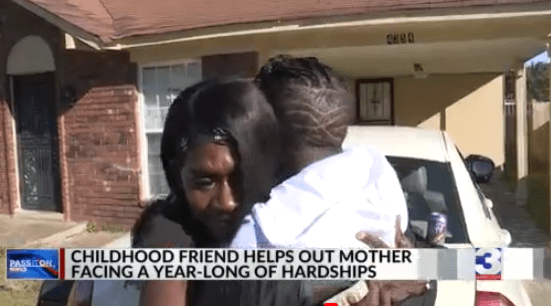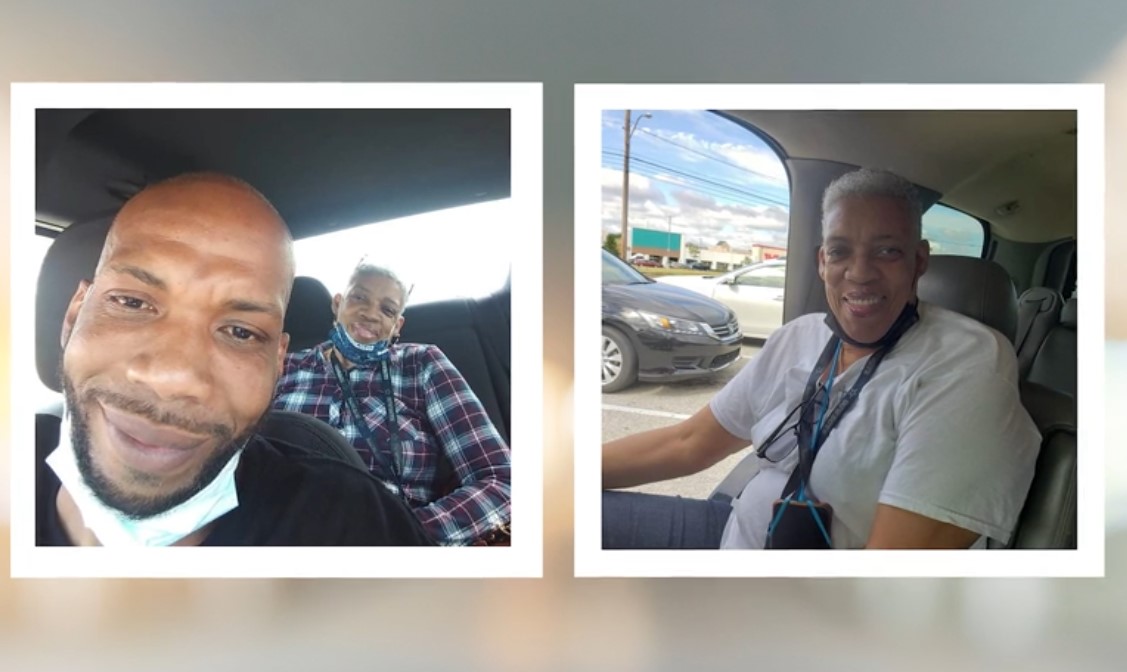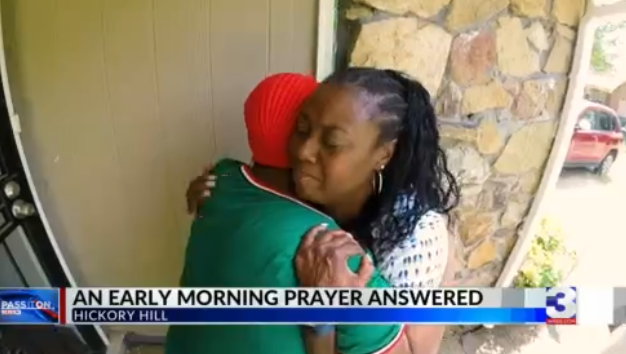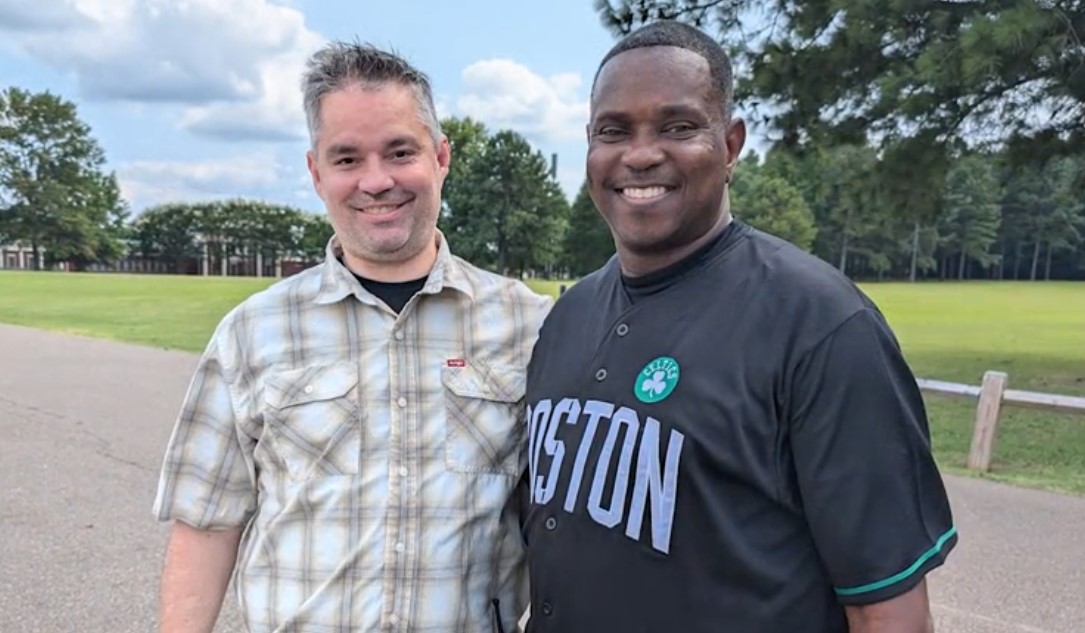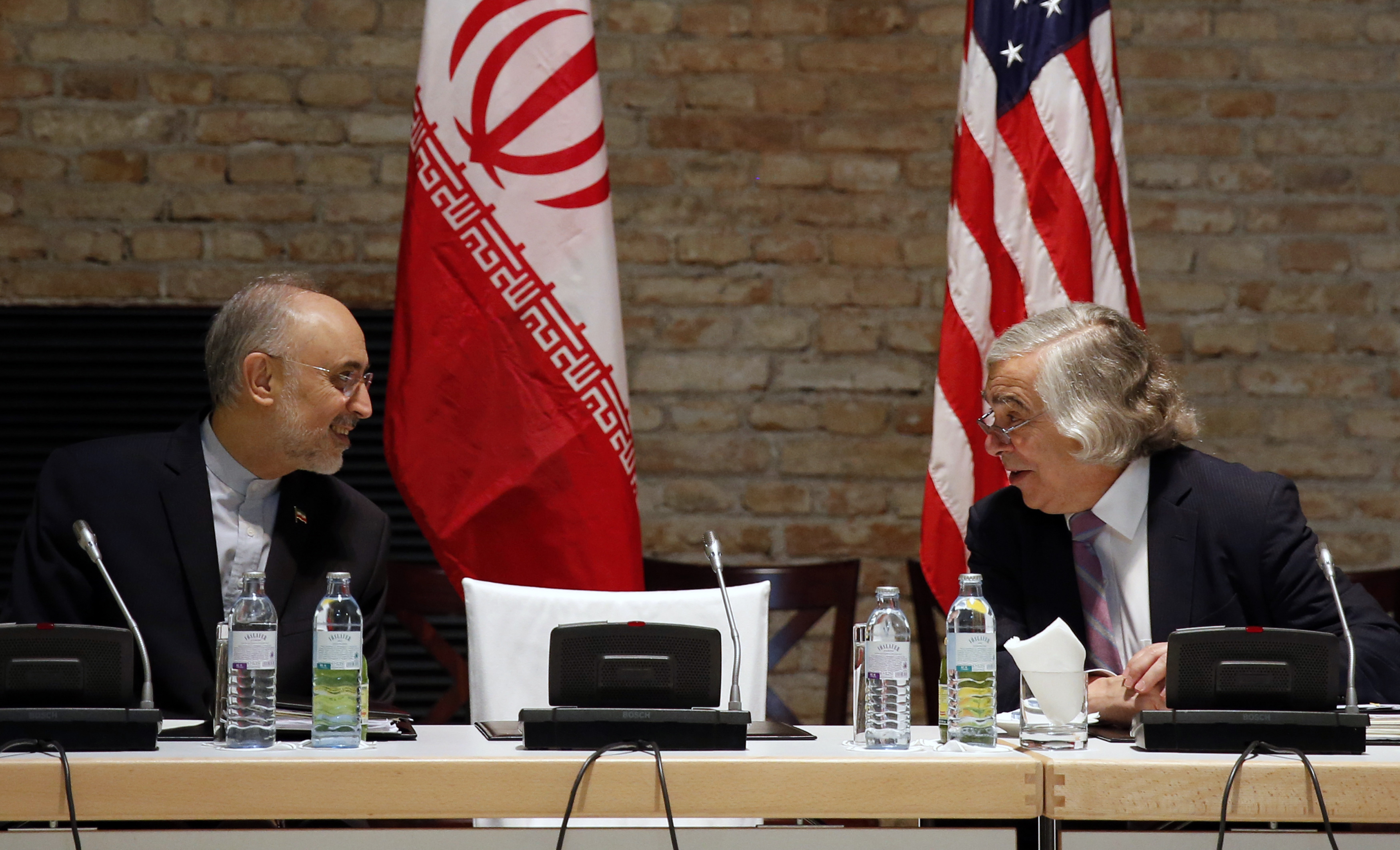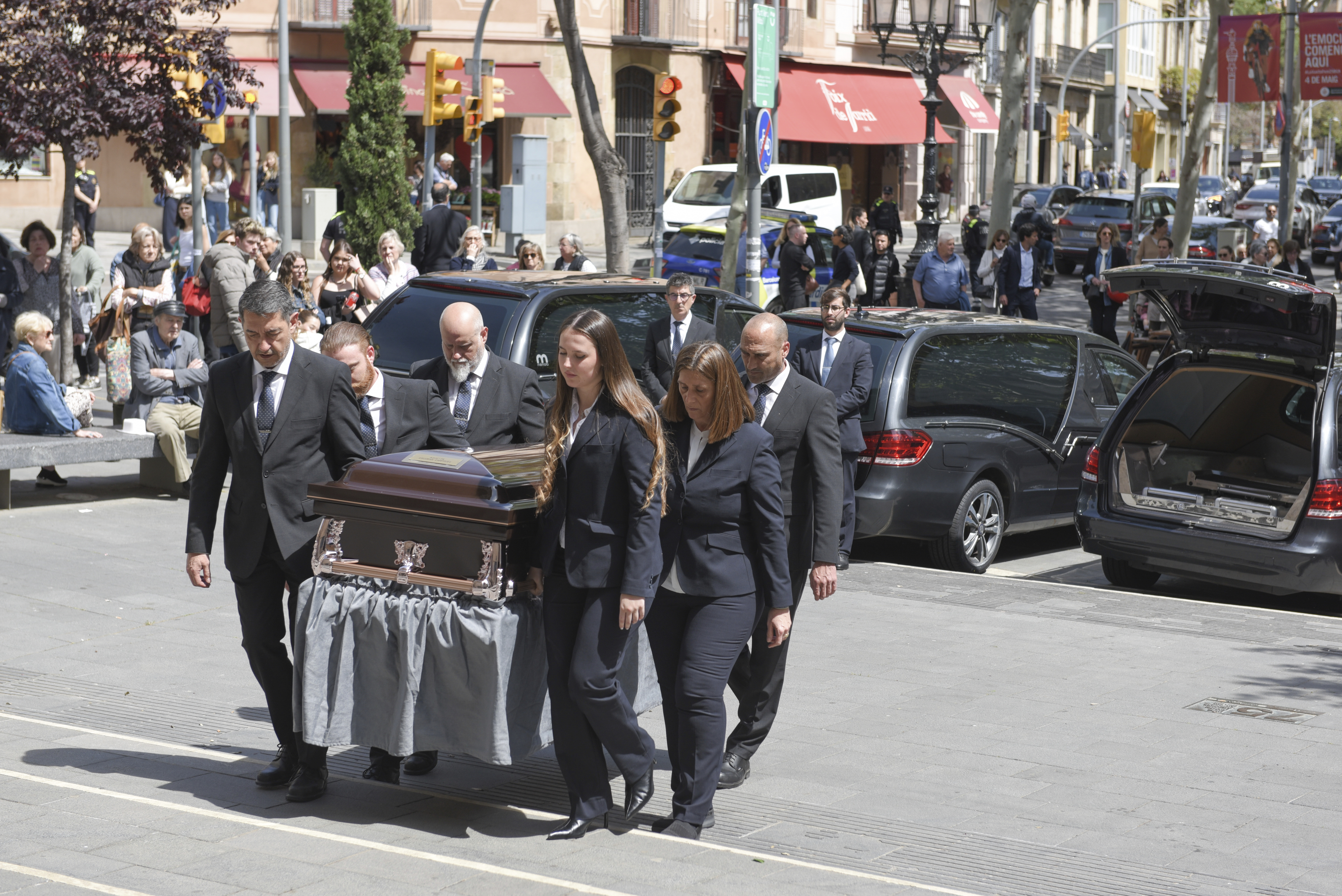CHARLESTON, W.Va. — Federal prosecutors say they’ve charged multiple medical professionals for overprescribing millions of opioids across Appalachia.
Assistant Attorney General Brian A. Benczkowski on Tuesday announced charges against 13 people in West Virginia, Ohio and Tennessee. Eleven of those charged are doctors.
Benczkowski says the charges involve more than 17 million illegally prescribed opioid pills. Authorities used data that detailed prescriptions, insurance information and other factors to determine the overprescribing.
In one example, officials said a doctor in a West Virginia city of 10,000 people prescribed nearly 2 million pills.
The action comes after charges were filed against 60 people in April for the illegal distribution of opioids.
The federal Centers for Disease Control and Prevention says about 115 Americans die every day from opioid-related overdoses.
The charges are the latest to come from the Appalachian Region Prescription Opioid strike force, a coordinated and multi-agency law enforcement initiative that scrutinizes the prescription statistics all doctors must report in order to pinpoint those engaged in fraudulent prescription practices.
In an exclusive interview with CNN, the head of the Justice Department’s Criminal Division Brian Benczkowski said the alleged schemes often involve patients desperate for potent opioid prescriptions paying doctors hundreds of dollars in cash.
“They [the doctors] are taking cash and putting it in their pockets,” Benczkowski said. “They go into the doctor’s office, they leave $300 with the receptionist. They have a two minute consultation with the doctor who writes them an opioid prescription and they walk out the door. And that line is processed like a conveyor belt all day every day. It doesn’t look like a normal doctor’s office.”
The Justice Department launched a nationwide initiative to crackdown on doctors in late 2018, and it has already netted charges against 87 medical professionals. Most are in the beginning stages of court proceedings, but Tuesday officials announced nine medical professionals pleaded guilty after they were charged in April.
The breakthrough for prosecutors, Benczkowski said, was compiling the doctor-provided prescription statistics into detailed spreadsheets, something that had only previously been applied in Medicare fraud investigations. “I think before we employed a data driven model it was a lot harder to find them in the first instance,” Benczkowski said. “You had to rely on local law enforcement providing tips. You had to rely on individuals in the community providing tips. The data tells us exactly where to go very quickly.”
What they discovered was doctors allegedly prescribing high dosages of pain-killers, far beyond amounts recommended by the Centers for Disease Control.
How it started
The Justice Department recruited teams of prosecutors to move into regions of the country where the opioid epidemic is at its worst. In the Appalachian region, for example, 14 prosecutors deployed across 10 federal districts. And in the beginning, it was all about the numbers. Prosecutors partnered with data analysts to compile prescription data, and once the numbers were inserted into spreadsheets, prosecutors flagged the doctors who were prescribing abnormal amounts of pills, or opioids with deadly strength.
CNN was allowed exclusive access to observe the data analysts at work and to thumb through the spreadsheets that break down the trouble spots and potential problematic doctors. The names of these doctors and the details of their practices were obscured, but the numbers were left for CNN to see. The data analysts focus on three main areas: the rate of patient deaths connected to each doctor; the distances patients are traveling to get their prescriptions written and then filled; and the prescribing habits of doctors around the country as compared to their peers. But the column that too often jumped off the page detailed the opioid dosages doctors prescribed, measured by morphine milligram equivalent, or MME. The Centers for Disease Control recommends dosages not exceed 90 MME per day.
But in line after line, several doctors reported prescribing individual opioid pills with dosages of 500 MME or higher. As one data analyst working for the Justice Department told CNN: “Usually nothing can justify” a dosage that high.
After the prosecutors and data analysts pinpoint the most concerning doctors based on the combined factors, law enforcement agents move in to monitor and surveil the pinpointed doctor’s offices and pharmacies.
“There’s informants, there’s surveillance,” Benczkowski said. “We would never bring a case against any one of these doctors or pharmacies solely on data. We always combine with traditional law enforcement techniques. That involves everything from simply observing the outside of the doctor’s office to trying to talk to individuals coming outside. Oftentimes there are no patient files for these individuals, or to the extent there are patient files, they don’t say very much.”
Benczkowski continued, “When you go and observe this doctor’s office and you see lines down the block, you see people shuffling around waiting to go into the doctor’s office, you see behavior that looks very much like behavior you see in traditional street corner hand-to-hand drug distribution, it’s stark. It’s readily apparent what’s going on.”
An official with the Drug Enforcement Agency who leads teams on the ground in West Virginia investigating doctors said, “We’ll do surveillance or send a confidential source in, and we’re really looking at the type of prescriptions doctors are writing and then asking medical experts, are these within the norms? It’s more of a chess game in a way than a traditional narcotics investigation. We’re a cross between investigating white collar crime and narcotics.”
The individual accounts from the doctors charged over the past nine months are astounding: in one case in Tennessee, a nurse practitioner, Jeffrey Young, who branded himself the “Rock Doc” allegedly prescribed powerful and dangerous doses of opioids that numbered into the hundreds of thousands of pills, sometimes in exchange for sexual favors. He has pleaded not guilty.
In Houston, the plots have escalated to full-fledged drug trafficking, according to prosecutors. In one alleged scheme, “crew leaders” or “runners” worked with people posing as patients to fill illegal prescriptions at pharmacies. Drug dealers and traffickers then allegedly diverted and distributed those controlled substances to the streets, with some pills trafficked from Houston to Boston. Last month, prosecutors in Massachusetts announced charges against four men for conspiracy to distribute and to possess with intent distribute a controlled substance or oxycodone in relation to the millions of pills that were allegedly diverted from doctors and pharmacies in Houston. All four have pleaded not guilty.
“We’re seeing [doctors’ illegal prescription writing practices] now migrating towards and combining with traditional drug trafficking organizations’ practices,” according to Benczkowski. “If you look at the case in Houston — and I’m convinced this is going on elsewhere — large amounts of those opioids, $125 million worth of oxycodone, was diverted from Houston through a scheme involving a drug dealer to Boston. That looks a lot more like a drug trafficking organization: moving drugs around the country, amassing them in one place and distributing them elsewhere.”
West Virginia Epidemic
The latest arrests in the Charleston, West Virginia, area are being met with a mix of exasperation and praise. “I thought the fear of God had been put into doctors in the past few years,” Father Brian O’Donnell of Catholic Charities West Virginia said in a recent interview. “I’m very disappointed to hear this is still going on.”
Stacie Archer, who is a recovery advocate and whose 24-year-old son died after years battling an opioid addiction, applauded the enhanced efforts to target doctors.
“They’re just criminals in a white coat as far as I’m concerned,” Archer said. “If they would stop and think of the ramifications to individuals and their family, maybe they would stop. But the money, the greed, it’s greater than anything for a lot of these people.”
West Virginia has the highest rate of drug overdose deaths involving opioids in the country according to the National Institute of Drug Abuse; in 2017, there were 877 drug overdose deaths involving opioids, amounting to a rate of 49.6 deaths per 100,000 people. That rate is three-times higher than the national average: 14.6 deaths per 100,000 people.
“This epidemic has not left anyone untouched in this state,” said Jeff Allen, the executive director of the West Virginia Council of Churches, which provides educational training on drug issues. “My father was a doctor. So I am horrified at even the thought of doctors prescribing opioids in a way that’s not helpful to people. It’s shocking to me.”
But officials also realize the arrest and removal of these doctors may initially have an adverse impact on these communities and the addicts who have come to rely on those illegal prescriptions. Prior to any large-scale arrests, federal authorities contact the state’s public health officials and alert them that there could be an influx of new patients seeking help for withdrawal at emergency rooms.
“We recognize that we can’t just prosecute our way out of this problem,” Benczkowski said. “The individual patients are not criminal defendants, they’re victims. And we wanted to make sure that they had access to appropriate medical care and appropriate treatment resources.”





